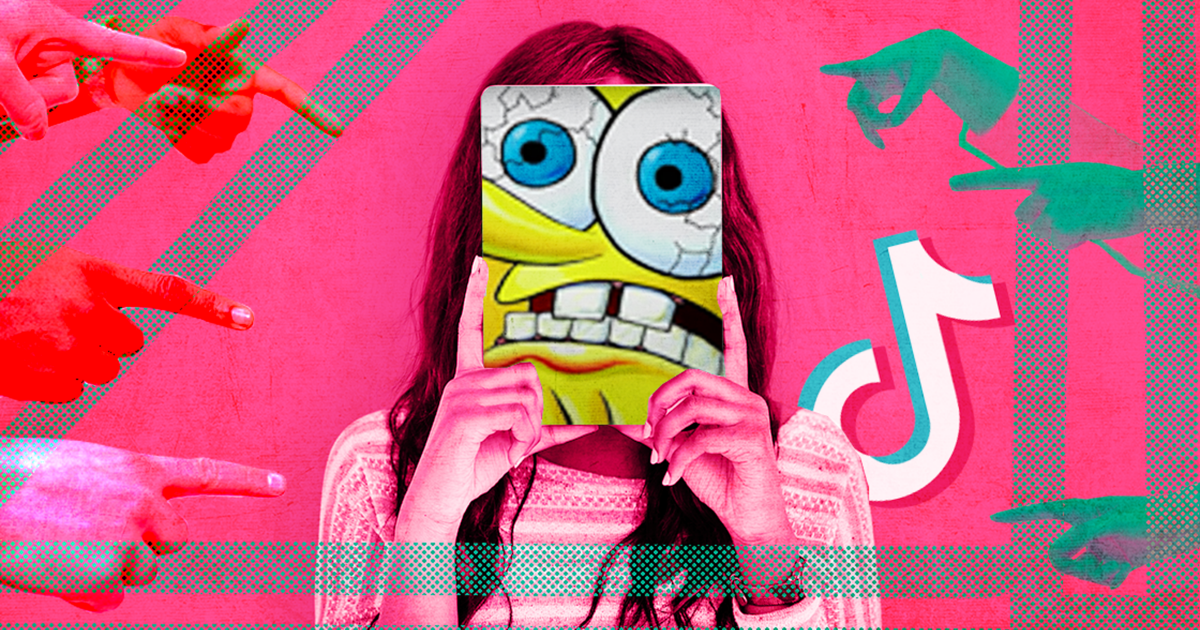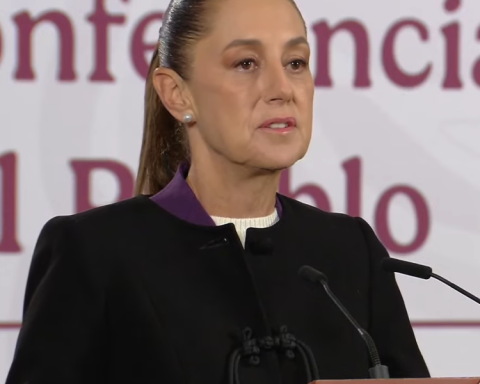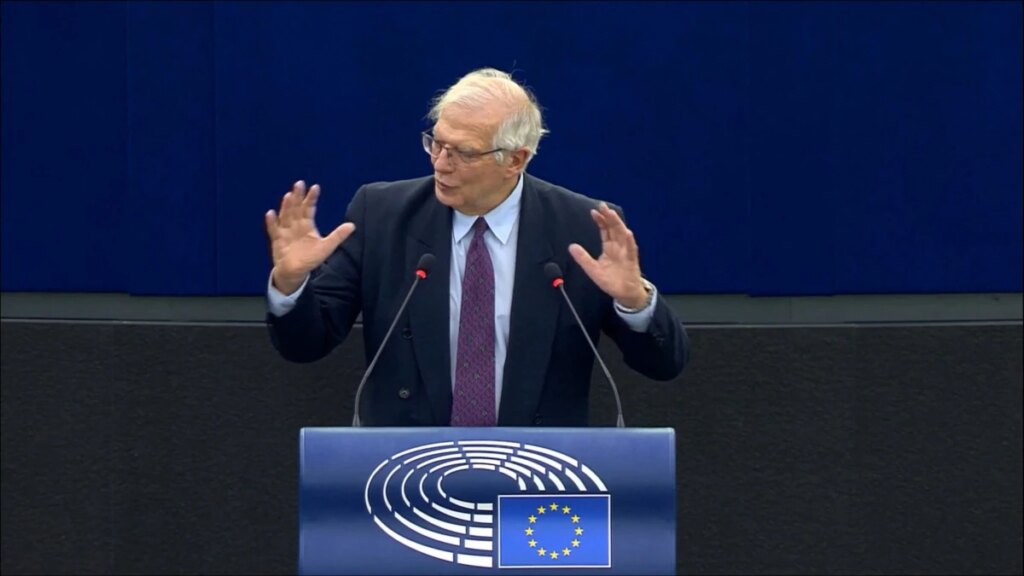What would you do if you came across a viral video where you were made fun of? Rosalía Jiménez Morales decided to denounce him through a video on TikTok that went viral and makes visible a frequent problem: the effects on the right to image and to the voice of people, mainly women, in the face of information and communication technologies.
Jiménez denounced in a video who had allegedly recorded her inside the facilities of a gym, located in a shopping center in Mexico City: “In the month of July, a guy named (…) recorded me training and uploaded the video to TikTok, to this network with titles like ‘bizarre moments’, #queeseso, #humor, #flyp, #gimnasiothings and so on, so I went to the authorities as soon as I found the video, in fact I didn’t find it , one of my Poll girls found it and they showed it to me.”
The video to which Jiménez refers exposed, without his consent, his image while executing exercises on a gym machine, which at first glance does not seem to affect anyone. However, the context is provided by the audio that accompanies the material.
Digital violence disguised as a trend
“We painted the whole house and without dropping a single drop of paint other than, —What is that?”. It is a trend popularized on TikTok that takes as a reference the audio of a scene from the cartoon sponge Bobcreated by Stephen Hillenburg for the Nickelodeon television channel.
In the scene, SpongeBob evaluates his accuracy in painting his boss Mr. Krabs’ house, when he realizes that he made a mistake and stains a painting with a drop of paint, a situation that triggers an emotional crisis.
Virality at any cost
TikTok users have turned audio into a viral trend by using it to expose what they consider to be strange, unconventional or out of the ordinary situations. The trend is to tie the audio with a video that expresses a certain normality to end up focusing attention on a situation that is completely out of context.
The material that the user Rosalía denounced exposed the affected person as something bizarre, which is outside the normal parameters of a gym: “What does he have to be mocking an action that maybe he doesn’t even know, he is a nobody, I am a former national bodybuilding champion. I know perfectly well what I’m doing and it wasn’t for him to mess with me and especially with anyone,” Jiménez said in a video shared on his TikTok account.
Forms of aggression related to technologies
Mexican law considers digital violence as “any malicious action carried out through the use of information and communication technologies, by which images, audios or images are exposed, distributed, disseminated, displayed, transmitted, marketed, offered, exchanged or Real or simulated videos of intimate sexual content of a person without their consent. As well as those malicious acts that cause damage to the intimacy, privacy and/or dignity of women, which are committed through information and communication technologies” (General Law on Women’s Access to a Life Free of Violence).
The material denounced by Jiménez is no longer on the network, however the video with which the user Rosalía denounces the situation can still be consulted on her TikTok profile, adds 2.4 million views and is accompanied by labels such as: #MujeresAgredidas, #MujeresFuertes #womanpower and #SoloenMéxico.
Even though Rosalía could have taken legal action against the person responsible, the situation ended with the removal of the material from the application, in addition to a “report” that the author of the video raised from the gym.
What is TikTok?
TikTok is a social network that has become a digital phenomenon due to the enormous amount of production and consumption of audiovisual content and the time that people spend on the platform. Its brand value is estimated at $59 billion, according to Brand Financeand the global average consumption is 23.6 hours per user per month, according to Data.ai.
Navigate inside TikTok, a service of the Chinese company ByteDance, it may seem simple but it is a challenge in which you can get lost among the infinite offer of content that seems to have no end and that is increasing day by day. The application has more than 1,000 million active users, who produce, consume and interact with the content.
What kind of content exists on TikTok?
The content is so diverse that it ranges from cooking recipes, educational content, financial advice, tutorials, fragments of television programs, choreography and even personal experiences narrated in the first person by its protagonists.
The success of the application has been such that from digital marketing, brands have developed positioning strategies to stand out in the application’s search engine, which in the words of the vice president of Google, Prabhakar Raghavan, is the favorite search engine of Generation Z (people born between 1995 and early 2000).
Reporting tools on TikTok
Like all digital platforms, TikTok has a list of community standards that define a series of rules and a common code of conduct so that the platform is a safe place, according to the application’s website.
Within the TikTok Community Rules, a section is defined that refers to intimidation and harassment, with which the platform rejects abusive behavior by its users: “We eliminate expressions of abuse, including threats or degrading statements with intended to mock, humiliate, embarrass, intimidate, or hurt an individual…”
According to the TikTok Community Guidelines, users are not allowed to post the following types of content:
- Content that insults or disparages another individual based on attributes such as intellect, appearance, personality traits, or hygiene
- Content that encourages mobbing
- Content that denigrates victims of violent tragedies
- Content that uses TikTok’s interactive features (such as the Duo) to put others down
- Content depicting intentional harm or intimidation, such as online harassment or trolling
- Content that wishes death, serious illness or other harm to a person
If you come across a video in which you are the protagonist and you consider that it is an attack against you, you can report it. What you should do is go to the video you want to report within the platform, hold down the video and select the “Report” option, then follow the steps described. The platform also makes available an online form to report content.
Twitter: @iQuezadaR


















